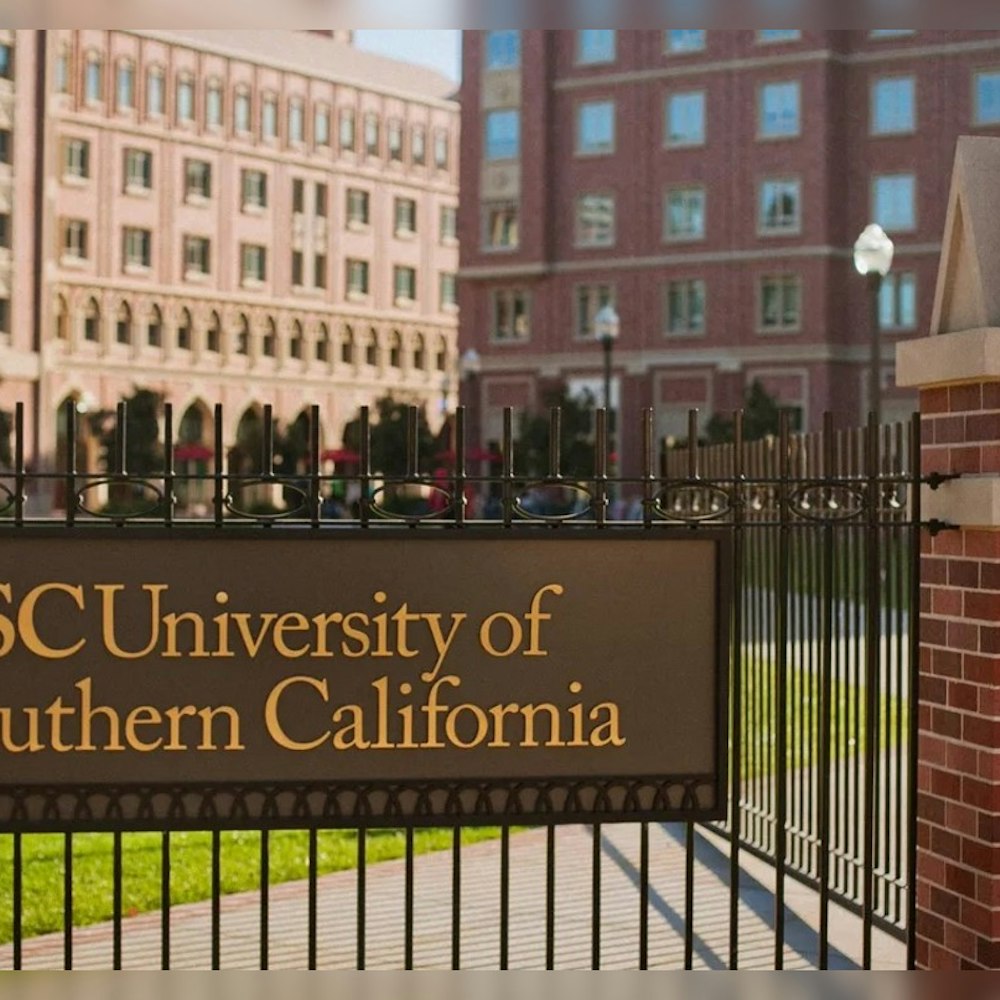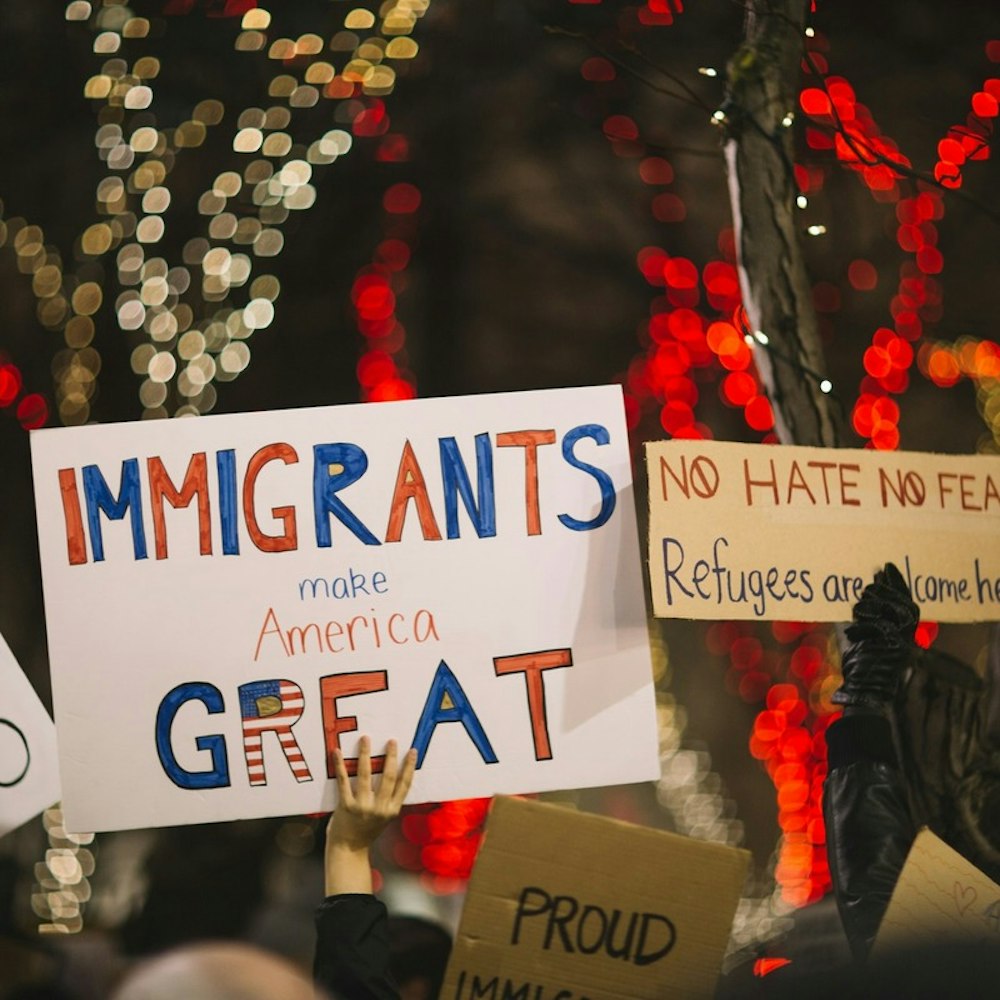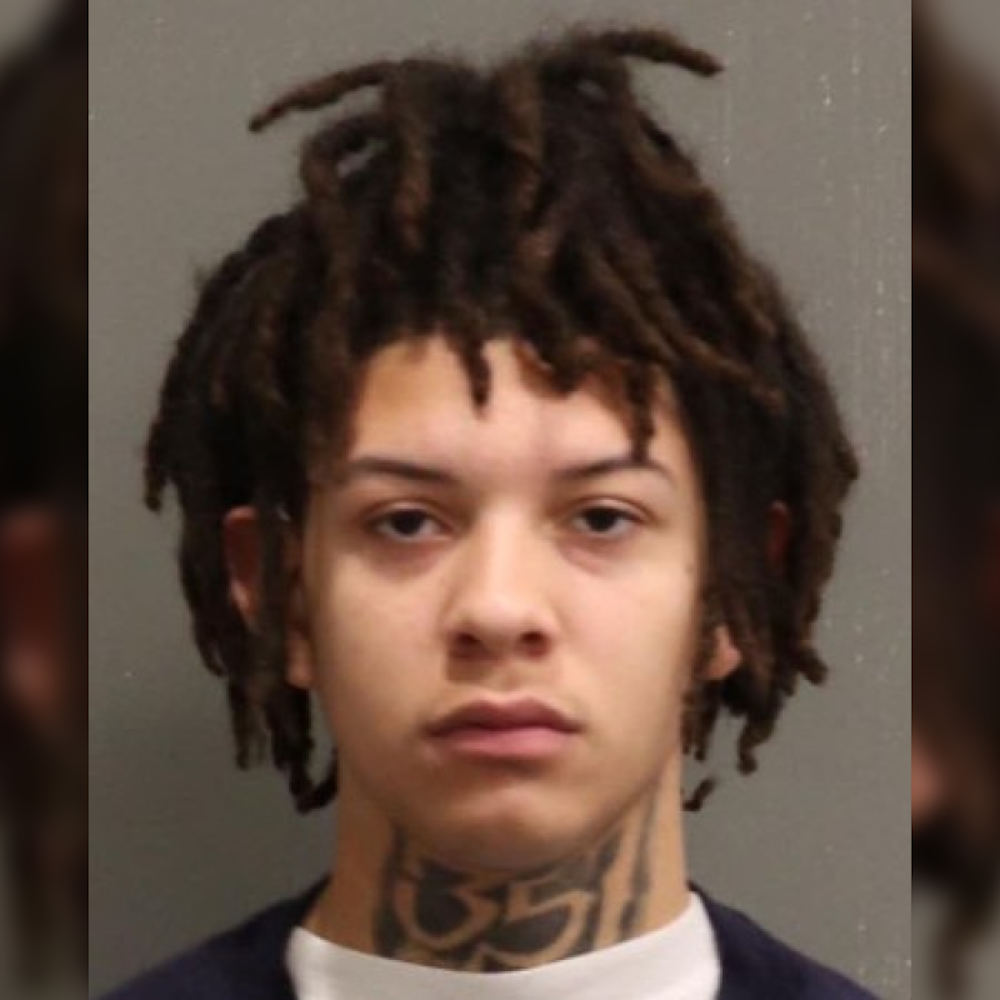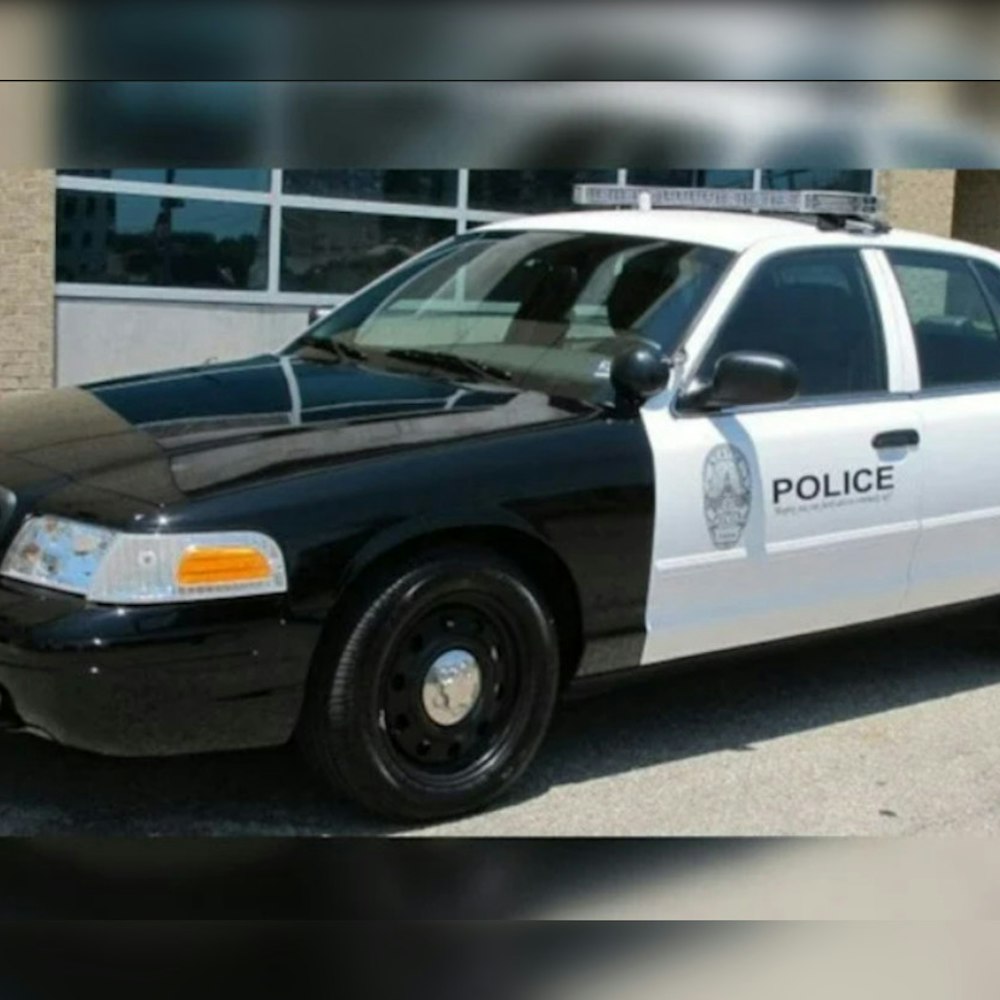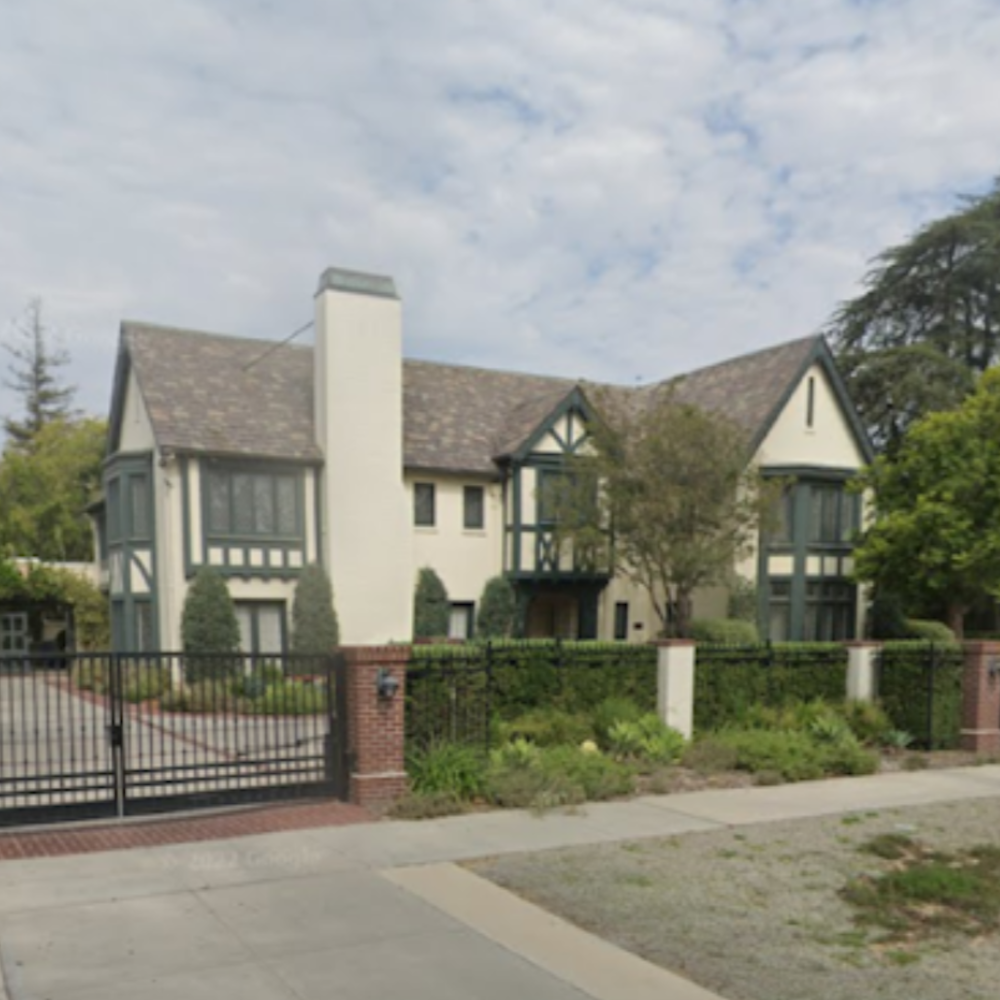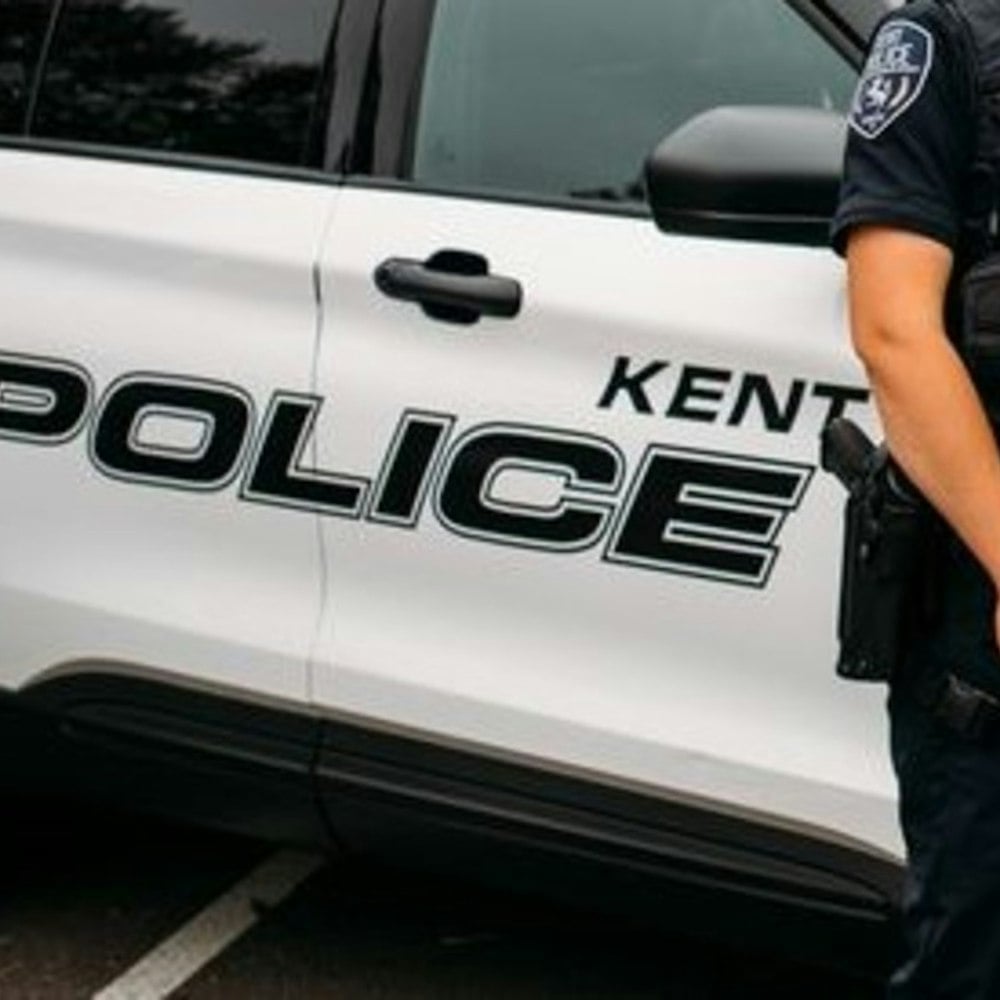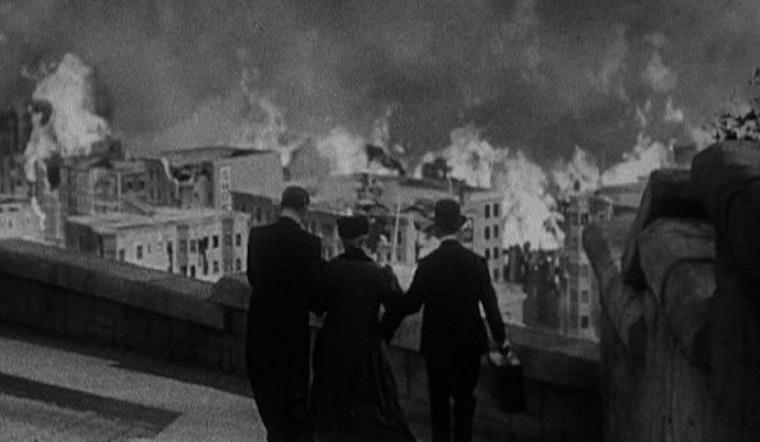
On April 18th, 1906, at 5:12am, The Great Earthquake struck San Francisco. More than 225,000 people were left homeless. 3,000 people are believed to have died as buildings collapsed around them or in the subsequent fires. Historians and scientists now argue about the quake's magnitude: some say it was 7.8, others say it was higher.
The Great Quake of '06 has become the stuff of folklore—it's considered one of the worst natural disasters in US history. Today's San Francisco, with its status as one of the world's top tech hubs, is a far cry from the decimated San Francisco of 1906. But amid boom times, it's still important to remember what happened in 1906.
In director W.S. Van Dyke's San Francisco (1936), produced by then super-studio MGM, wealthy Mrs. Burley (Jessie Ralph), doyenne of San Francisco society, tearfully turns her back on her beloved Nob Hill mansion as it burns to the ground. Her son has just died. Wealth, privilege and loved ones can disappear when disaster strikes.
The film 'San Francisco' is now considered a classic. It will screen at the Castro Theatre tomorrow, April 18th, at 5pm to commemorate the 109th anniversary of the Great Quake. (As an added bonus, there'll be a pre-show concert of live Barbary Coast music from Blackie Norton's Paradise Club Band at 4:15pm.)
The film begins as a love-at-first-sight story between polar opposites Blackie Norton (Clark Gable) and Mary Blake (Jeanette MacDonald). Blackie is a rough-and-tumble guy with a heart of gold—his best friend, Father Tim Mullin (Spencer Tracy) is a priest who feeds the poor and the homeless.
Mary is a Parson's daughter with dreams of singing in the opera—Jeanette MacDonald was in fact a trained opera singer. The film allows her to sing several numbers in her own voice, and the attraction between Blackie and Mary becomes obvious, even as they pretend to resent each other.
Soon, it's a love triangle as Mary becomes involved with wealthy, powerful Jack Burley (Jack Holt). Mary then finds herself in a tug of war between Blackie and Burley—and between Blackie's club The Tivoli, and the San Francisco Opera. (The opera wants Mary, but she's bound by contract to the Tivoli.)
As one might expect, it all falls apart when the quake hits on April 18th. In an extended sequence reportedly co-directed by the great silent film director D. W. Griffith, the City of San Francisco literally falls to the ground, and what little is left catches fire. Thousands of extras scream in terror as their lives and livelihoods are snuffed out in seconds. It's a terrifying and sobering spectacle—the "primitive" special effects technology of the 1930s do not diminish the power of seeing hundreds die in minutes.
Gable, MacDonald and Tracy were all top box office stars of the 1930s. Their onscreen magnetism remains potent even today—unlike many of today's celebs, the stars of San Francisco had true star quality. They all had "it", that special something that the move stars of the day possessed. "I know 'it' when I see 'it'," said screenwriter Anita Loos, who coined the term in 1927. Loos provided 'San Francisco' with its fast-paced and colorful script.
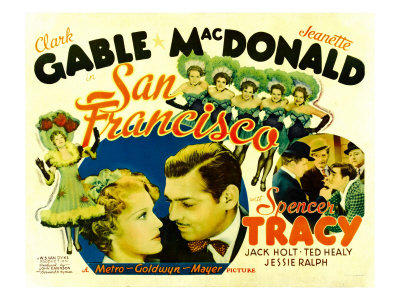
79 years after 'San Francisco' was produced to commemorate the Great Quake's 30th anniversary, the film remains well worth seeing. If you can't make it to the Castro on Saturday, the film pops up on TCM a few times a year and can be purchased online and on DVD.
